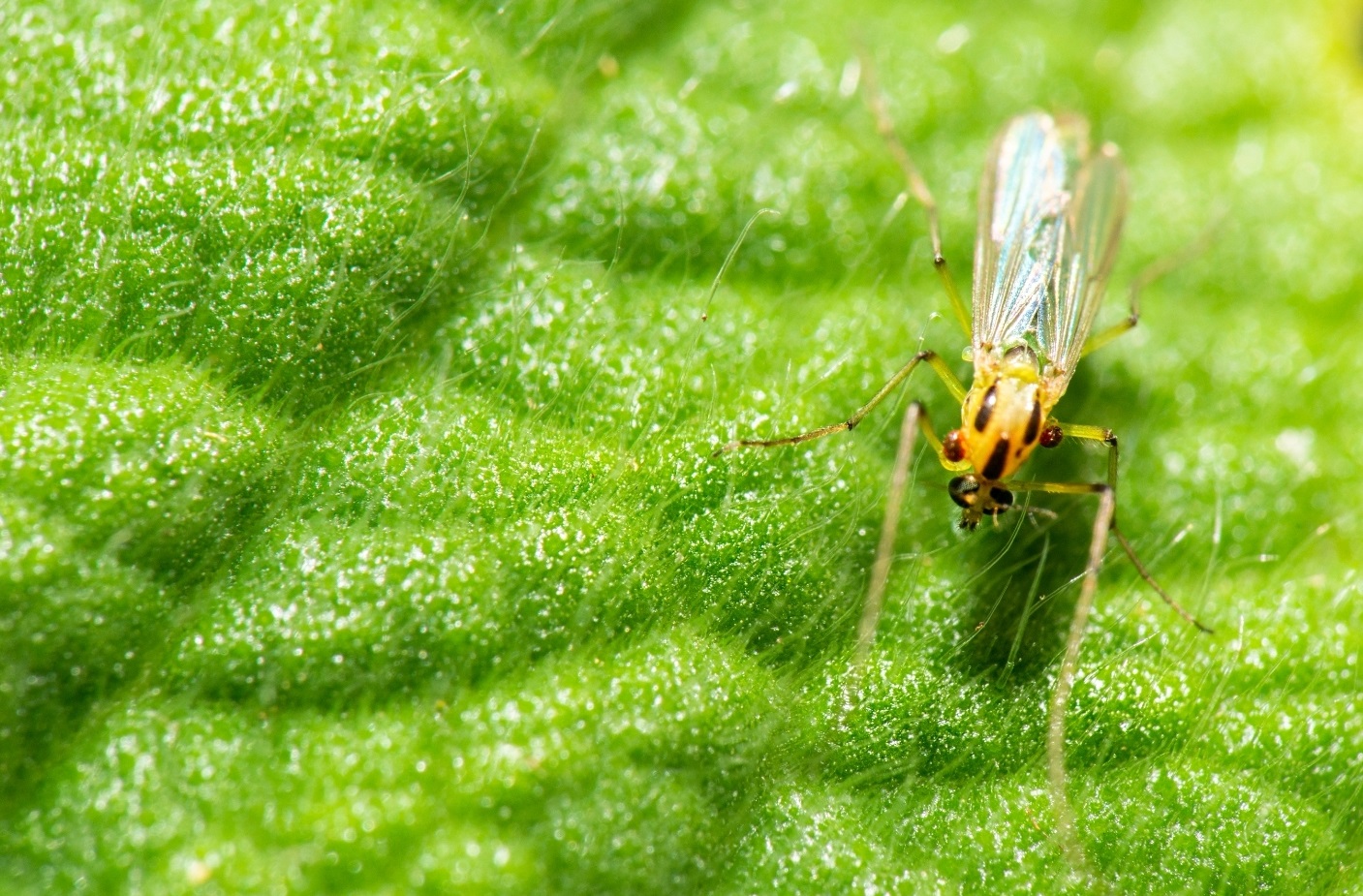Last Updated on: 6th July 2022, 07:15 am
You do not see them coming, but their bite you will definitely feel (ouch).
And with the warm weather, in combination with little rain in certain parts of Australia, it means that the numbers of these tiny, little, biting bugs may be experienced by many.
They are called biting midges – which is a blood-sucking insect that is so small that they are almost invisible to the naked eye.
What are Biting Midges
Biting Midges are very small flies that are about 0.5mm to 4mm long. They are renowned for their nuisance biting that is directly associated with coastal habitats.
There are around 200+ species found in Australia, yet only a few of them cause serious risks to humans. Biting midges are one of the most difficult insect groups to control. For that reason, we recommend you following the suggested preventative measures to make sure you stay midge bite-free all summer!
Biting midges or sandflies usually live in the sand and are commonly found in the mud of swampy waterways and mangroves. Midges are very small and even though they do look like a fly, they are too small to even see their wings.
According to the Department of Medical Entomology of the University of Sydney, midges are bloodsuckers that easily inject saliva into the skin which allows easy extraction of the blood. They typically bite during dawn and dusk when there is little to no wind at all. It is best to avoid swampy areas during these times of the day.
Midges are often called ‘sandflies’, however not every sandfly is considered a midge.
Midge bites can:
- Result in severe itching that can persist over time
- Cause open sores caused by prolonged scratching in the bitten area
- Cause infected sores and result in sleep disturbances (in extreme cases).
The classic allergic response to a midge bite is a small, inflamed bite, similar to a mosquito bite. Despite their size, midge bites can cause acute discomfort. It can cause mild irritation to severe local reactions. After the bite, the itching may begin immediately, but in some cases, they commence some hours later.
Most people are unaware that a midge bite is happening at the time. However, these bites have the greatest impacts on tourists arriving a visiting an area. Residents and surrounding locals tend to build an immunity to midge bites over time.
First Aid Treatment for Biting Midges
If you incur a bite from a biting midge, you should attend to it immediately. It is to avoid complications and severe reactions from the bite.
Basic first aid for midge bites include:
- Application of cold compress is beneficial to soothe any burning sensation you feel on the bitten area. The application of a cold compress, such as an ice pack or wet cloth will provide some relief to the itchy feeling.
- Take over-the-counter antihistamines to help relieve the swelling and itching. You should have these in your First Aid kit even before your encounter with biting midges or insect bite.
- Avoid getting open sores by resisting the urge to scratch the bitten area. Continuous scratching will result in blisters, a welt and may cause an infection that will require medication. Consult with your doctor or an allergist to prescribe antibiotics or antiseptic cream to mitigate the risk of infection.
- In severe cases, medical care may be required. If you experience any symptoms that may indicate a severe allergic reaction, call Triple Zero (000) right away. Do not delay in getting professional medical to help to follow through on your anaphylaxis plan.
As with many other health conditions, preventing midge bites is better than having to cure them. As of the moment, there is no chemical registered in Australia that can assure 100% to keep entire midge populations at bay. Take note excessive usage of pesticide are proven harmful to you and for other species in the environment.
We recommend you to take the following preventative measures for midge bites:
- Use insect repellents, specifically made for midges. Choose repellents containing either diethyltoluamide (DEET) or picaridin, which are effective in fighting off these insects.
- As much as possible, do not go outside around dawn and dusk and at other times when biting midges are active.
- Cover up with long, loose-fitting clothing, preferably light in colour to shoo these insects away.
In conclusion, midges are found in certain parts of Australia, and these small insects are known for their effect on people. Biting midges may attack exposed skin, and they are mostly in large numbers.
Bites and stings from midges and other insects may prove to be an unpleasant and even dangerous experience for many. However, many of such as bites and stings are both treatable and easily preventable.
Taking a Provide First Aid Course will help you learn everything you need to stay safe in an insect attack. You will be equipped with knowledge and skills to protect yourself and others from the pain, discomfort, and vulnerability that these small species may cause. You can learn more about First Aid Treatment for Biting Midges and other Australian Insects with National Training Colleges.
Get trained in one of our training venues Australia-wide and get your First Aid Certificate on the same day.
Learn for experts in the field and learn anaphylaxis management, infection control, and other related first aid techniques. Take a big step towards living with midges by making sure you and your loved ones are protected.

